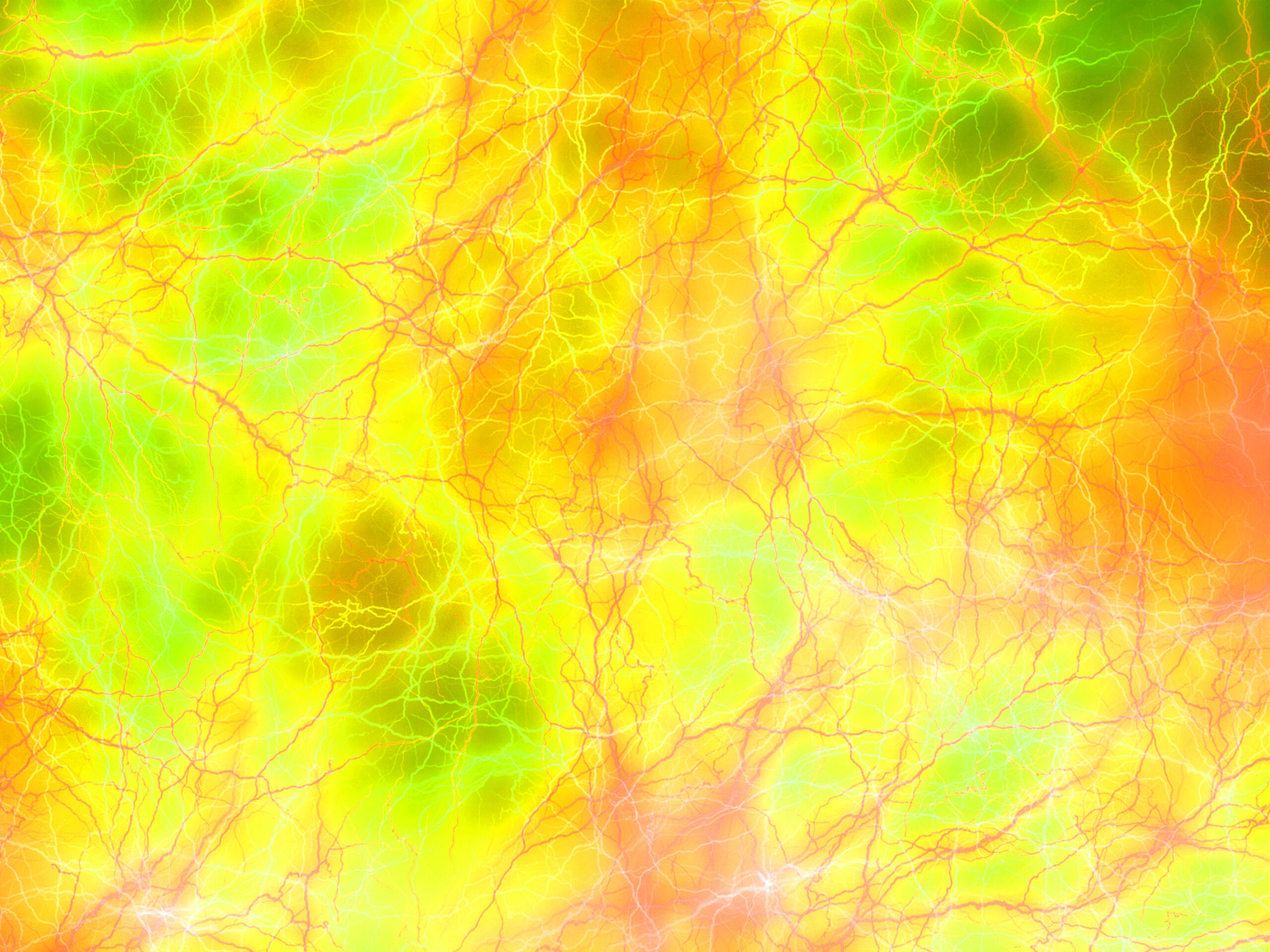In the folklore of the early United States, a madstone was a special medicinal substance that, when pressed into an animal bite, was believed to prevent rabies by drawing the “poison” out. The Encyclopedia Americana described it as “a vegetable substance or stone”. Researchers publishing in 1958 reported “130 cases of healing attributed to the madstone” and “three authenticated stones in the United States today.”
- Way, Phocion R. (Autumn 1960). Duffen, William A. (ed.). “Overland via “Jackass Mail” in 1858: The Diary of Phocion Way (Part III)”. Arizona and the West. Journal of the Southwest. 2 (3): 289. ISSN 0004-1408. JSTOR i40004452.
I have always been accustomed to look upon this disease as incurable, but here they have a stone which attracts the poison and when it is applied in time it never fails to cure.38 This fact is so well established that I cannot reasonably doubt it, and it should be known far and wide that others may profit by it.
There is another account that relates an event, “in or around 1939,” where the madstone was used in Oklahoma. It claimed that the madstone was believed by the locals, to have been an organ from an albino deer. However, this account says that the organ they were using was “from a regular deer, not albino.” This account purported that the madstone had to be kept and stored in fresh milk, and that the milk had to be changed daily. It described an event where an individual had been bitten in the leg by a rattlesnake. According to the account, “One by one, they would cut an X into his leg and apply the madstone to the cut. When the madstone was full, it would fall off. They would then rinse it out in the milk, cut an X and apply it again.” In this account, the individual lived.
- James Wooten, account of event told by family members and the bitten individual in the account.
Researchers have speculated that there might be some connection between the belief in the madstone and fictitious Talisman written of in a novel by that name by Sir Walter Scott which cures a dog bite victim and is brought back from The Holy Land by crusaders, “…but though many cures were wrought by means of it in Europe, none equalled in success and celebrity those which the Soldan achieved. It is still in existence, having been bequeathed by the Earl of Huntingdon to a brave knight of Scotland, Sir Simon of the Lee, in whose ancient and highly honoured family it is still preserved; and although charmed stones have been dismissed from the modern Pharmacopoeia, its virtues are still applied to for stopping blood, and in cases of canine madness.”
- Way, Phocion R. (Autumn 1960). Duffen, William A. (ed.). “Overland via “Jackass Mail” in 1858: The Diary of Phocion Way (Part III)”. Arizona and the West. Journal of the Southwest. 2 (3): 289. ISSN 0004-1408. JSTOR i40004452.
I have always been accustomed to look upon this disease as incurable, but here they have a stone which attracts the poison and when it is applied in time it never fails to cure.38 This fact is so well established that I cannot reasonably doubt it, and it should be known far and wide that others may profit by it.
- Randolf, Vance (1933). “Ozark Superstitions”. Journal of American Folklore. 46 (179): 1–12. doi:10.2307/535847. JSTOR 535847.
The madstone treatment for rabies was once popular in many parts of the United States, and is still well known in the Ozarks. […] I have never seen the madstone in actual use, but they tell me that if the dog was really mad the stone sticks fast to the wound and draws the “pizen” out.
References
- Way, Phocion R. (Autumn 1960). Duffen, William A. (ed.). “Overland via “Jackass Mail” in 1858: The Diary of Phocion Way (Part III)”. Arizona and the West. Journal of the Southwest. 2 (3): 289. ISSN 0004-1408. JSTOR i40004452.
I have always been accustomed to look upon this disease as incurable, but here they have a stone which attracts the poison and when it is applied in time it never fails to cure.38 This fact is so well established that I cannot reasonably doubt it, and it should be known far and wide that others may profit by it.
- James Wooten, account of event told by family members and the bitten individual in the account.
- Randolf, Vance (1933). “Ozark Superstitions”. Journal of American Folklore. 46 (179): 1–12. doi:10.2307/535847. JSTOR 535847.
The madstone treatment for rabies was once popular in many parts of the United States, and is still well known in the Ozarks. […] I have never seen the madstone in actual use, but they tell me that if the dog was really mad the stone sticks fast to the wound and draws the “pizen” out.









